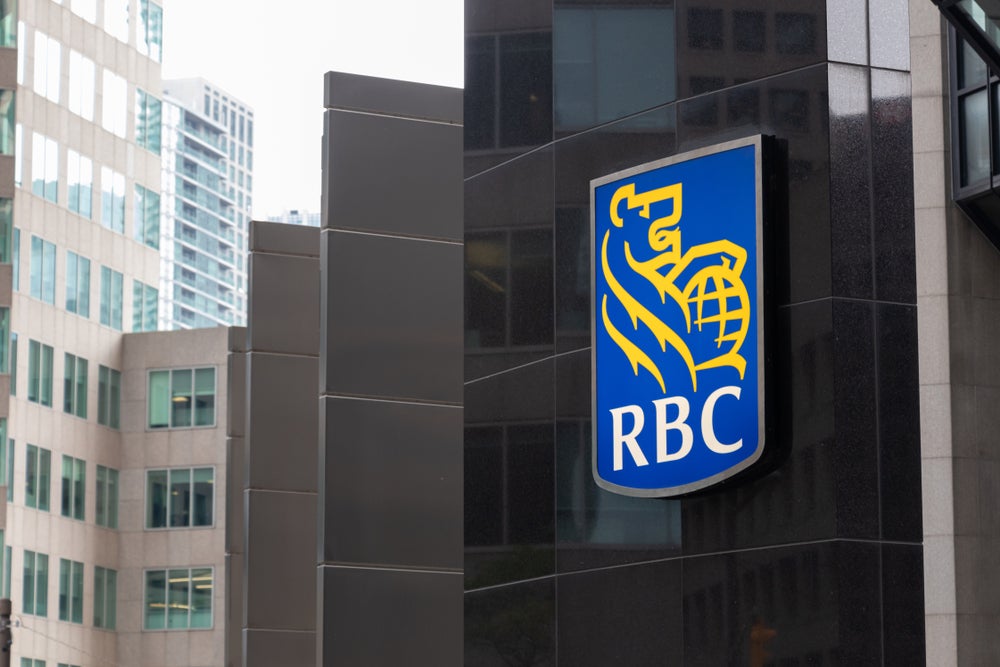Austria’s Raiffeisen
International suffered an abysmal fiscal 2009, hurt by the
financial woes of its Central and Eastern European bedrock. But
Aris Bogdaneris, head of retail banking at the bank is determined
to boost the bank’s lending and ‘learn from the lessons’ of the
global downturn. Farah Halime reports
Raiffeisen International, the
second-biggest bank in Central and Eastern Europe (CEE) by
branches, recently announced a merger with its parent company
Raiffeisen Zentralbank Österreich (RZB) to strengthen its corporate
arm.
 But the effect of the merger on Raiffeisen
But the effect of the merger on Raiffeisen
International, which confines its retail presence to CEE, is
“almost nil”, said Aris Bogdaneris, head of retail at the bank. The
bank’s plans in 2010 are set to centre on a boost in lending and
managing non-performing loans (NPLs).
A steep rise in bad loans in CEE
during the financial crisis led Raiffeisen International to record
a 74.3% plunge in pre-tax profits, to €368m ($497.7m) for fiscal
2009. The bank, which has operations in 15 countries, was worst
affected in its retail division. Retail banking posted a pre-tax
loss of €134m for the year, down from a profit of €435m in 2008
(see bar chart, below).
Total loans dropped 12.8% to
€50.5bn, down from €57.9bn a year earlier, while non-performing
loans rose to 8.8% of customer loans in fiscal 2009. Although the
bank said the rate of growth slowed for three consecutive quarters,
the trend in rising NPLs is forecast to continue.
The exposure to CEE made the bank’s
losses particularly pronounced, with Raiffeisen’s Ukrainian
operations suffering the most. The crisis-hit subsidiary posted a
pre-tax loss of €203m due to provisions for impairment losses
reaching nearly €500m.
How well do you really know your competitors?
Access the most comprehensive Company Profiles on the market, powered by GlobalData. Save hours of research. Gain competitive edge.

Thank you!
Your download email will arrive shortly
Not ready to buy yet? Download a free sample
We are confident about the unique quality of our Company Profiles. However, we want you to make the most beneficial decision for your business, so we offer a free sample that you can download by submitting the below form
By GlobalDataHowever, Bogdaneris remained upbeat
and said the bank would not retract retail business away from CEE,
despite the beleaguered region’s financial woes.
“Our focus is really to restart in
a clever way, learn from the lessons of the crisis and try to
generate revenues and profits again,” he told RBI.
“We went through a big crisis.
[But] I think now we’ve stabilised the situation it’s time to start
doing business again.”
The bank is eyeing up countries
such as Russia, the Balkans and the Czech Republic for further
expansion, but Bogdaneris said that the bank has no plans to expand
beyond its core market, with access to 350m people in CEE.
“The market is big enough so we are
not looking at expansion beyond the core market at this point,” he
said. “We see opportunities to lend and get customers again and we
see opportunities coming to the fore whereas a year and a half ago,
it was a much different picture.”
But the bank also argues that its
future lending capabilities will be defined by the strength of its
retail deposits.
“We were actually able to grow our
deposits in the worst year ever,” Bogdaneris said.
Term deposits from private
individuals grew by 4.1% in 2009, with deposit volumes in six
countries (Belarus, Bosnia and Herzegovina, Bulgaria, the Czech
Republic, Romania and Russia) registering double-digit growth rates
in the same year.
“It shows that there was a flight
to quality in the panic where people started moving to Raiffeisen,”
Bogdaneris said. “In retrospect what really surprised us but was
good to see confirmed was the resiliency of our deposit base and
seeing that our brand was seen as a stable, trustworthy, valuable
foreign brand.”
Direct bank launch still on
course
 The bank is capitalising on its resiliency in CEE
The bank is capitalising on its resiliency in CEE
with the launch of a direct bank, first announced in December
2009.
He said the bank has “big
aspirations” for its online subsidiary, on course to launch later
this year.
“We’re trying to tap into a whole
new internet-savvy, younger, more modern customer base. It’s meant
to compliment our existing channels but also to attract customers
who would never come to the bank otherwise or those who aren’t
interested in the traditional bank branch,” Bogdaneris said.
Making comparisons to the direct
banks, First Direct and ING Direct, he added that the move was in
line with a growing internet culture.
The online subsidiary will
compliment the existing branch structure and will have a product
range including a current account, savings account and term
deposits.
But he was wary on target numbers,
instead saying that “it’s not going to come anywhere close to our
existing operations which are enormous.”
The bank serves around 15m
customers, across a 3,018-strong network, and is only beaten to the
top spot in terms of branch size in CEE by UniCredit’s 3,031
branches. It sees its “primary customers” as those on incomes
roughly 20% or more above average in the local markets in which it
operates.
Bogdaneris said the forthcoming
online bank would boost the bank’s share and pave the way into a
sector that has grown “in leaps and bounds each year”.
“[We] have to create scale quickly so we get as many customers
as we roll out to more and more countries. Obviously, we want as
many customers as possible!” he concluded.







